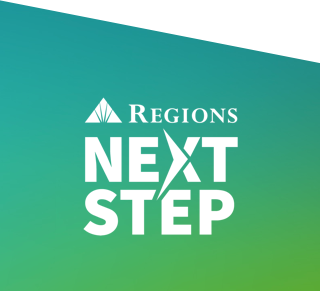For women, it’s time to look closely at investing strategies, health care costs, debt and more.
When it comes to financial planning, the stakes are high for women. They earn less on average than men do, and they are more likely to take breaks to care for their families—both of which can leave them with smaller retirement plan balances. Yet given women’s longer life expectancies, they need to stretch savings further. Here are five common financial challenges women face—and tips for overcoming them.
-
Lower earnings
The average woman working full time earned 83 cents on the dollar compared to men in 2023, according to the U.S. Census Bureau.1 That figure marks the first statistically significant widening of the gender pay gap in more than two decades, government researchers said. This gap can make planning for retirement tougher since even seemingly small differences in the amount of disposable income you have available to save can make a significant impact on your retirement nest egg.
- What to do: Be proactive. That means don’t wait to ask for a raise or promotion that you deserve. It also means that you shouldn’t use your previous salary range as a benchmark—research what is competitive. And if you can, get a competing offer so you can negotiate.
-
A later start or uneven saving
Women tend to start saving in a retirement plan later than men, or have gaps where they’re not saving due to taking time out of the workforce for parenting or caregiving. Around 78% of women workers are saving in a workplace retirement account versus 84% of men, according to a 2024 survey by Transamerica.2 Nearly 25% of women have saved less than $10,000.2
The impact of a late start can be significant. Using the 401(k) calculator on regions.com, we estimate that a woman who contributes 10% of her $75,000 annual salary for 30 years (adjusting for inflation) could retire at 65 with $656,000 in savings. By starting five years earlier, her retirement savings would be more than $923,000.
- What to do: Start saving whatever you can, particularly if your employer matches your contributions. Then increase your contribution rate by 1% of your income every year.
-
The investing confidence gap
A Gallup survey revealed that a majority of both men (59%) and women (62%) have money invested in the stock market.3 However, an investing confidence gap remains. Only 22% of women are confident in their ability to plan investments, versus 33% of men, a 2024 Pew Research study shows.4
Investing too cautiously or not at all can hold you back over the long term.
- What to do: Taking appropriate levels of risk may yield more savings in the long run. Work with a wealth advisor to assess your risk tolerance and create a portfolio built around your goals.
-
Higher health care costs
Women in their 20s, 30s and 40s spend up to 50% more on health care than men, according to a 2024 report by the Kaiser Family Foundation.5 Care related to pregnancy and delivery largely account for that discrepancy, Kaiser researchers said. Because women live longer, they also typically spend more on health care in retirement and may need more long-term care later in life.
- What to do: With a high-deductible health insurance plan, you can set aside tax-free dollars for health care in a health savings account. Long-term care insurance can help protect against the financial risks of requiring extended care.
-
Too much credit card debt
Women tend to have more outstanding debt on credit cards—one of the more costly types of debt you can have. This can have a significant impact on your financial health. Around 12% of women have more than $7,500 in credit card debt, according to a recent survey.6
- What to do: Focus on budgeting. Track your spending either with a financial app, a spreadsheet or with old-fashioned pen and paper—if you don’t track it, you can’t improve. Charge only what you can pay off every month and seek out credit cards with low interest rates for when you need to spread payments over time. The more reasonable you are with your spending, the more cash flow you’ll have to invest, whether in your 401(k) or another investment vehicle.
Talk to your Regions Wealth Advisor about:
- Planning for your unique future, whatever that may be.
- How you invest in yourself and develop a savings routine.
Want to get started with wealth planning?
Our wealth management guide can help you take the first step.
Interested in talking with an advisor but don’t have one?
Find a contact in your area.
Sources:
1U.S. Census Bureau. “Income in the United States,” September 2024.
2Transamerica Center for Retirement Studies. “24 Facts About Women’s Retirement Outlook,” October 2024.
3Gallup. “What Percentage of Americans Own Stock,” May 2023.
4Pew Research Center. “Roughly Half of Americans Are Knowledgeable about Personal Finances,” December 2024.
5Kaiser Family Foundation. “How Do Health Expenditures Vary across the Population,” January 2024.
6GOBankingRates. “The Average Woman Has More Credit Card Debt Than You Think,” May 2024.











